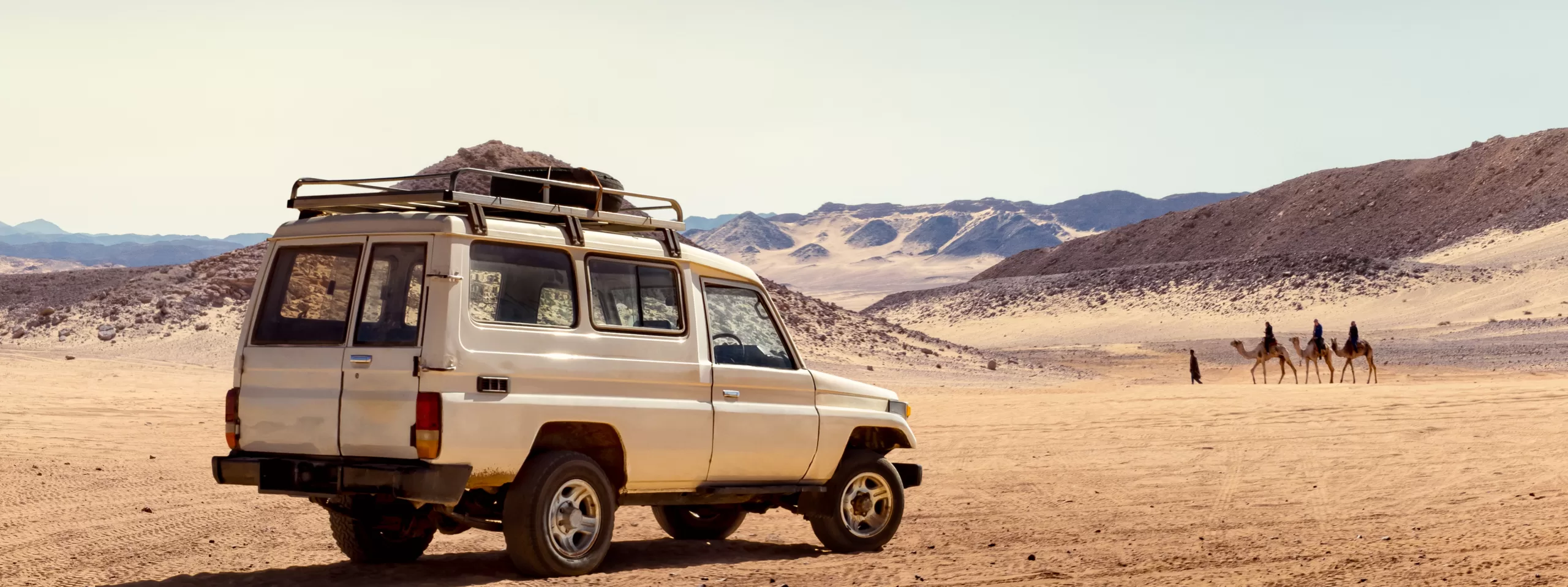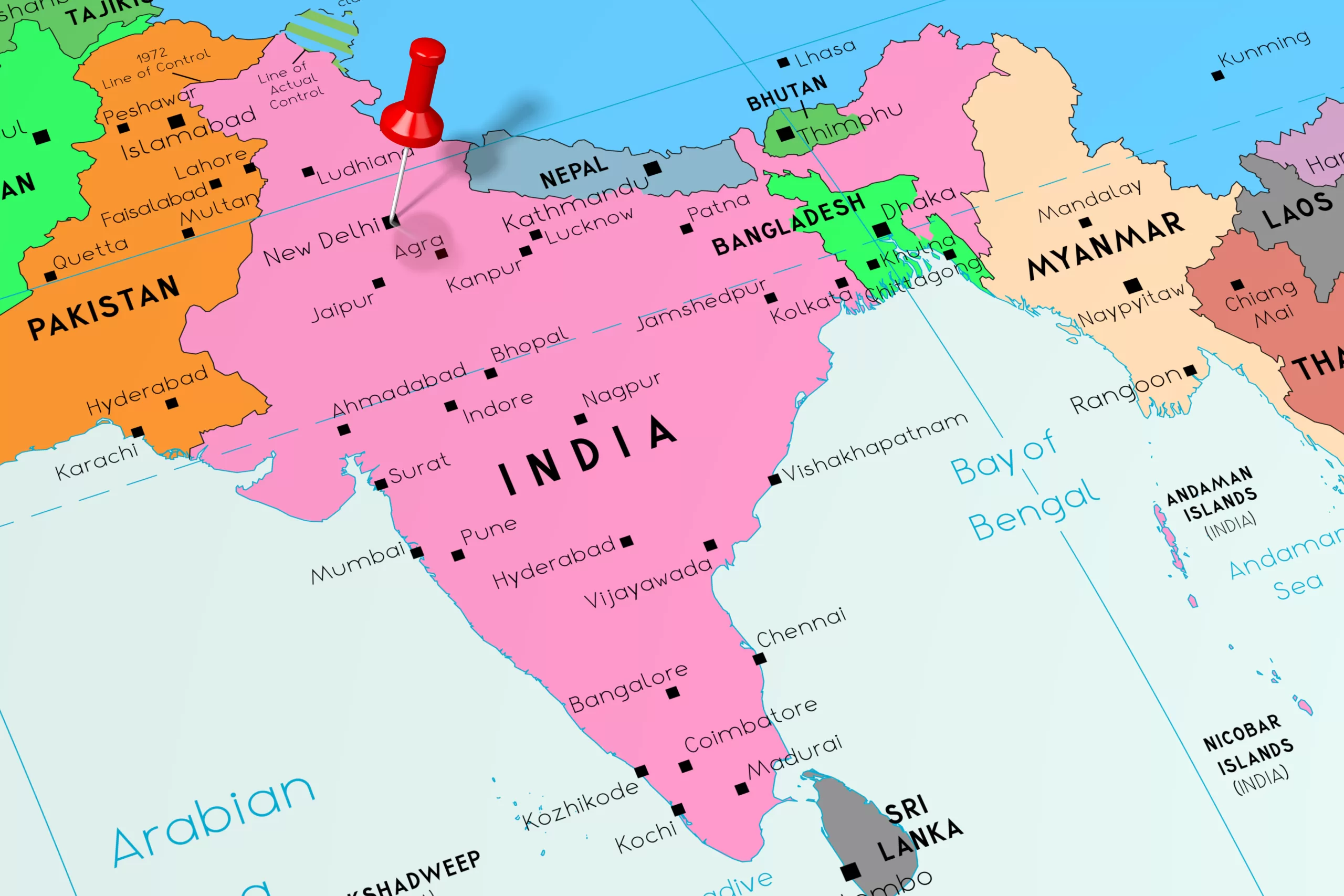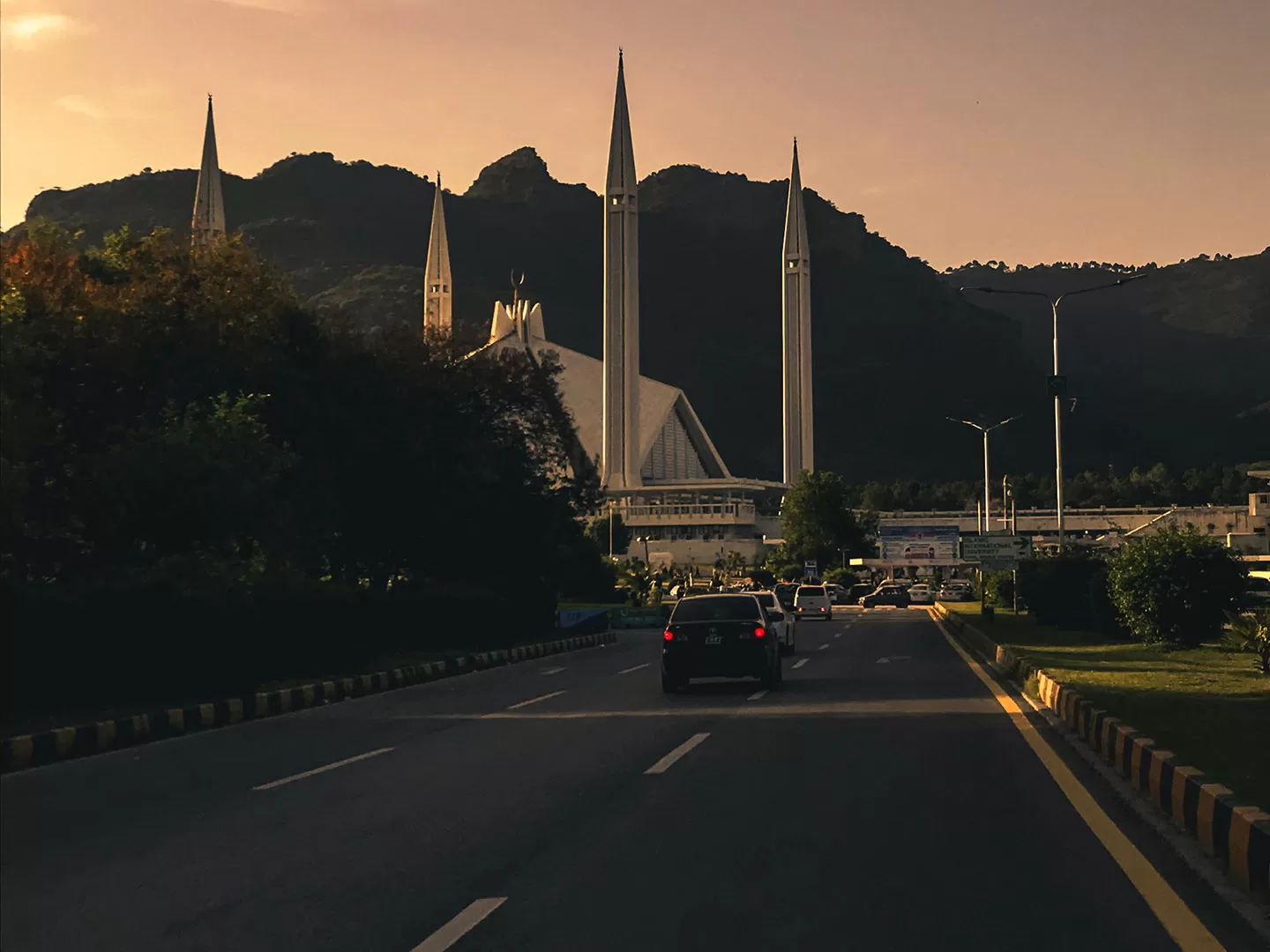Welcome to the FIA’s Overlander: a blog dedicated to sharing personal stories from Carnet de Passages en Douane (CPD) holders about their travels.

By Michele Wright Endless desert stretches, ancient wonders of the world and memorable sites, a road trip through Jordan and Egypt is a remarkable experience – a trip back in time, through historical landmarks. Immerse yourself in bustling market towns where authentic daily life unfolds, before crossing Martian landscapes. From…

